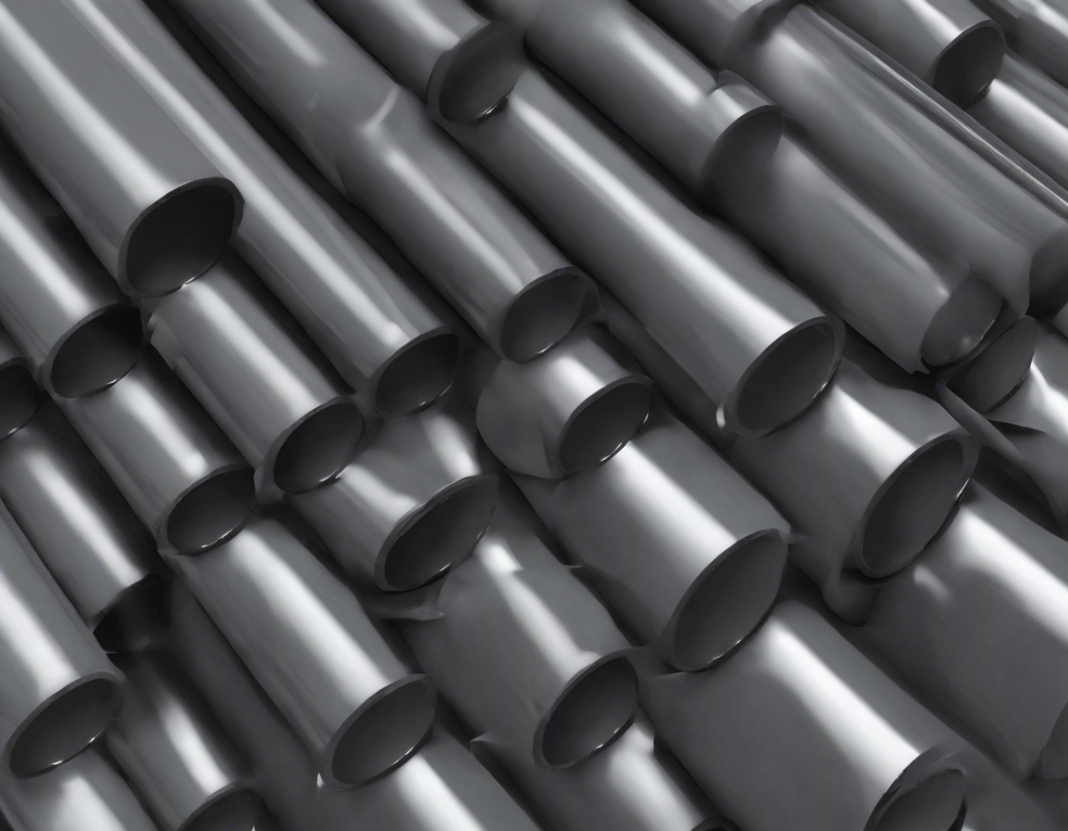Graphite is a unique form of carbon known for its impressive electrical conductivity properties. In this article, we will delve into the intricacies of graphite’s strong conductivity, examining its structure, applications, and the factors that influence its conductive properties.
Understanding Graphite’s Structure and Conductivity
Graphite is composed of layers of carbon atoms arranged in a two-dimensional hexagonal lattice structure. These layers are held together by weak van der Waals forces, allowing them to easily slide over each other. This structure gives graphite its distinctive properties, including high electrical conductivity.
The conductivity of graphite arises from the presence of delocalized pi-electrons within its layers. These electrons are free to move along the planes of carbon atoms, facilitating the flow of electric current. The delocalized electron system in graphite is responsible for its excellent conductivity, making it a valuable material in various technological applications.
Factors Influencing Graphite’s Conductivity
Several factors influence the conductivity of graphite, including:
-
Layer Orientation: The conductivity of graphite can vary based on the orientation of its layers. Anisotropic conductivity is observed in graphite, with higher conductivity along the plane of the layers compared to perpendicular to them.
-
Impurities: The presence of impurities, such as defects or foreign atoms, can impact the conductivity of graphite. While pure graphite exhibits high conductivity, impurities can disrupt the arrangement of carbon atoms and reduce overall conductivity.
-
Temperature: Temperature plays a significant role in graphite conductivity. Graphite conductivity typically increases with temperature due to enhanced electron mobility within the material.
-
Pressure: High pressure can also influence graphite conductivity. Under specific conditions, compression can lead to changes in the arrangement of carbon atoms, affecting the material’s electronic properties.
Applications of Graphite’s Strong Conductivity
Graphite’s exceptional conductivity makes it a key component in various industries and technologies. Some common applications include:
-
Electrodes: Graphite electrodes are widely used in electric arc furnaces for steel production. The high conductivity and thermal resistance of graphite make it ideal for withstanding high temperatures and carrying substantial electric currents.
-
Batteries: Graphite serves as an important electrode material in lithium-ion batteries, thanks to its ability to store and conduct electrical energy efficiently. The conductivity of graphite electrodes influences the performance and longevity of battery systems.
-
Electronics: Graphite is used in electronic devices like touchscreens, where its conductivity enables the transfer of electrical signals. Graphite-based inks are also utilized in printed circuit boards for their conductivity and durability.
-
Thermal Management: Graphite’s conductivity extends to thermal applications, where it is used in heat sinks and thermal interface materials to dissipate heat effectively in electronic components.
Enhancing Graphite’s Conductivity
Researchers and engineers are exploring ways to enhance graphite’s conductivity further. Some strategies include:
-
Doping: Introducing small amounts of foreign atoms, such as nitrogen or boron, into the graphite structure can modify its electronic properties and enhance conductivity.
-
Graphene: Graphene, a single layer of graphite, exhibits even higher conductivity than bulk graphite. Incorporating graphene-based materials into composites can boost overall conductivity.
-
Nanostructuring: Creating nanostructured forms of graphite can improve conductivity by increasing the surface area available for electron transport.
-
Surface Modifications: Surface treatments and coatings can alter the interaction of graphite with its environment, affecting its conductivity in specific applications.
Frequently Asked Questions (FAQs)
-
Is graphite a good conductor of electricity?
Yes, graphite is an excellent conductor of electricity due to its unique structure and the presence of delocalized pi-electrons within its layers. -
How does graphite compare to metals in terms of conductivity?
While metals generally exhibit higher conductivity than graphite, graphite’s conductivity is still significant, especially in specific applications where its properties are advantageous. -
Can graphite’s conductivity be altered for specific applications?
Yes, researchers can modify graphite’s conductivity through techniques such as doping, nanostructuring, and surface modifications to tailor its properties for diverse applications. -
What role does temperature play in graphite conductivity?
Graphite conductivity typically increases with temperature, as higher temperatures promote greater electron mobility within the material. -
What are some common ways that graphite’s conductivity is utilized in industry?
Graphite’s conductivity finds widespread use in electrodes for steel production, batteries, electronics, and thermal management applications due to its reliable electrical and thermal properties.
In conclusion, graphite’s strong conductivity stems from its unique structure and the presence of delocalized electrons that facilitate the flow of electric current. Understanding the factors that influence graphite’s conductivity and exploring its diverse applications sheds light on its significance in various industries. Researchers continue to innovate ways to enhance graphite’s conductivity further, paving the way for new technological advancements and applications in the future.
